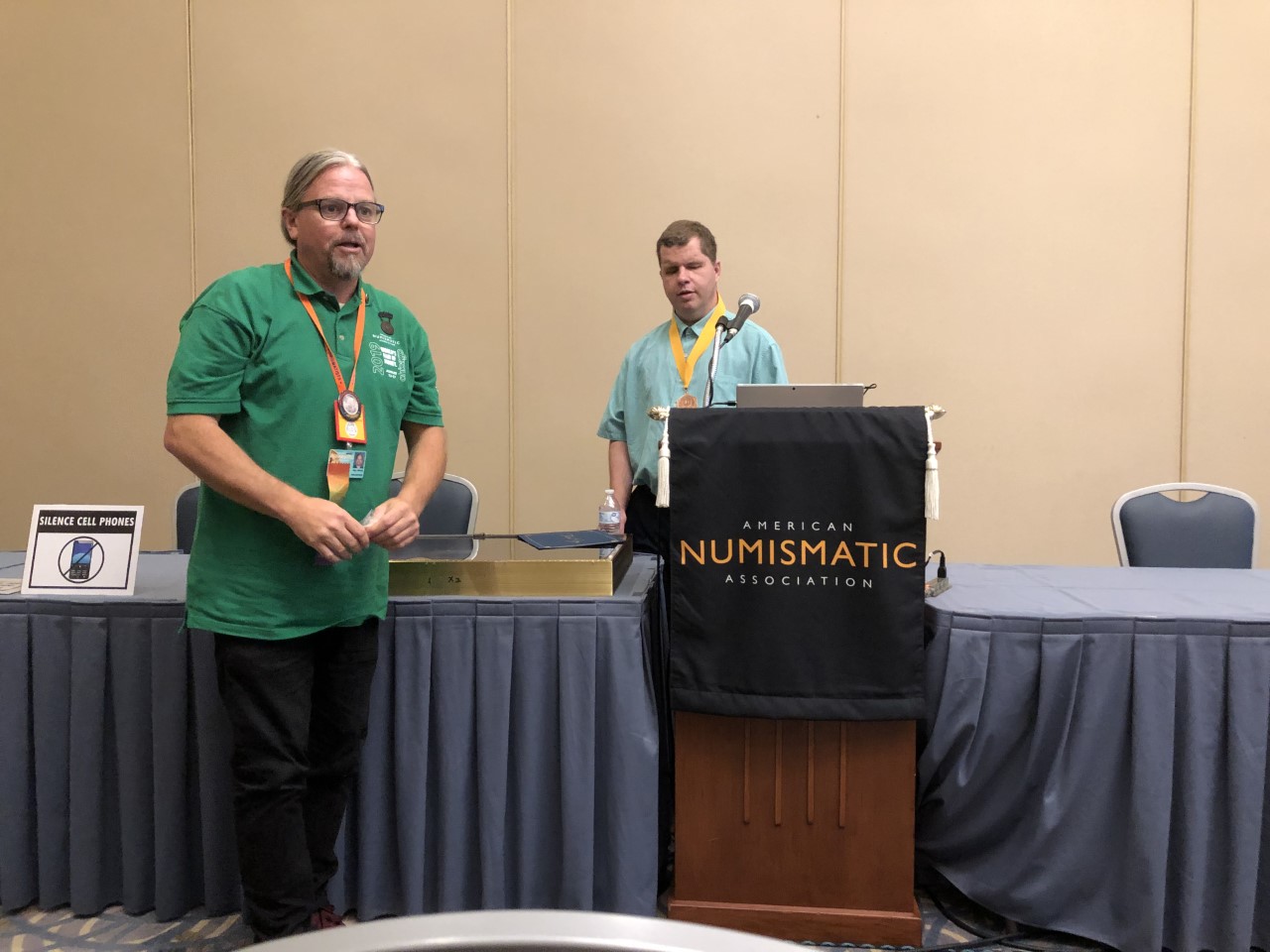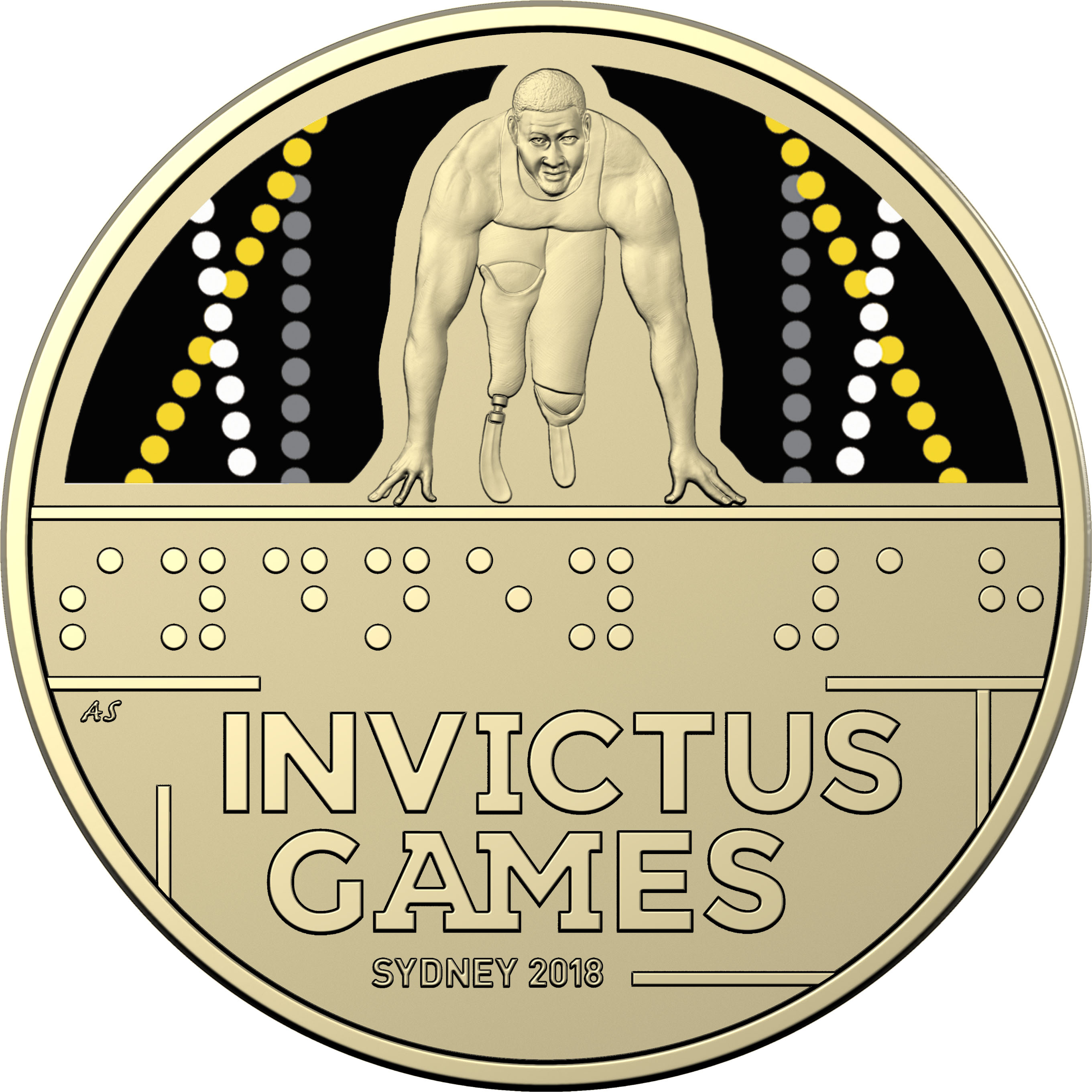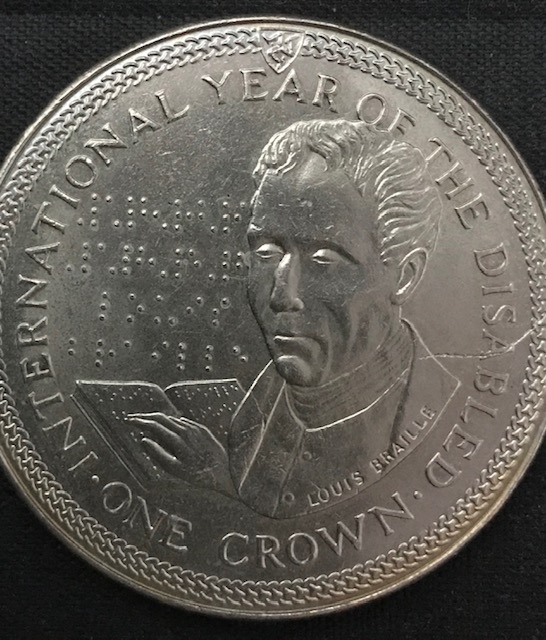This year I have attended the World’s Fair of Money for the second time. Again, the main reason was because I submitted a presentation which was accepted. Learning from the previous experience in 2015, I prepared very differently this time.
Notes on the sixth birthday
It has been a busy and interesting year. Quite a bit of travel, great readings and discoveries.
The price of travel in Brazil in the 1930’s according to Gabor Molnar
One great aspect of coin collecting is to just sit and ponder about what an old coin was used for when it was in circulation. To me it often more interesting than owning a coin. Of course, it is a little more than pondering. It inspires me to read about history, economy, travel or literature. Sometimes a coin inspires me to read about random loosely connected things for days, one after another. Or, it works the other way around, when I read a book that has currency mentioned I often go out and try to find the coins in question. This is of course, not an original idea. One example is Gerald Tebben’s Coin World article, What did Scrooge use to pay Bob Cratchit?, or the The Fourth Garrideb Club, which studies the coins used in Sherlock Holmes stories.
I am not even trying to compete with that kind of a research, but I found over the years that I was always excited to find old references to currency to understand how money was used and what it was worth. Of course, it only makes sense if it can be established that the information is valid. Partly this is why I mostly rely on travel books, because the money related data will be as valid as anything else, it is only about the credibility of the author.
Continue reading “The price of travel in Brazil in the 1930’s according to Gabor Molnar”
Will the currency of India be usable for the visually impaired?
In recent news, we can read that the Reserve Bank of India is soliciting bids from companies to create a mobile app to identify currency to help visually impaired people. Unfortunately, as in most cases, bits and pieces of the news is picked up by online resources, and it is hard to trace it back to the original source. One of the most reliable resource I found was by The Hindu Business Line. This is relevant, because it was only last year that the RBI has started to explore how to make Indian Rupees accessible for the “visually challenged”. So, why is it necessary to create an app, and how will this app help? Before I would answer this question, let’s look at the history of accessible currency in India, because some of the answers go back to almost 20 years.
Continue reading “Will the currency of India be usable for the visually impaired?”
Kenya makes coins accessible for the visually impaired
The Central Bank of Kenya announced the redesign of the Kenyan coins at the end of 2018. An interesting component of the announcement was that the new coin designs are to be more accessible for visually impaired people. The announcement circulated on the internet in slightly different variations, both in English and Swahili. Here is an official poster. The major change is that the picture of Jomo Kenyatta is replaced with wild animals, the giraffe, rino, lion and elephant, which can be found in Kenya.
I was anxious to find out in what way will the new coins be more accessible. At the time of the announcement very little information was available. This week finally I have received a set of the new coins. I organized the old and new coins on the pictures so that they can be seen side by side for the sake of comparison.
Continue reading “Kenya makes coins accessible for the visually impaired”
The first Australian braille coin
In 2018, Australia hosted the 4th Invictus Games, which is an adaptive sports event for injured armed services personnel. To commemorate the event, the Royal Australian Mint released a circulating 2 Dollar coin together with a colored and a silver commemorative 1 Dollar coin. What’s interesting about the Dollar coin is that with this release, Australia joined the list of a few countries which issued a braille coin.
Braille coins are relatively rare, so I was very interested about what motivated the Royal Australian Mint to release this coin, and what were their possible challenges. I sent an email to the Royal Australian Mint and received a prompt response for my questions, which follows below.
Braille on money
It is not rare to find braille on money. Some coins and paper currencies contain braille writing. Braille is more often associated with paper money, but there are a few examples of braille on coins. There are two primary reasons to put braille on money: to bring awareness to people with visual impairment, or to make it easier to recognize currency.
Braille on coins
The first coin with braille was the 1 Crown from the Isle of Man commemorating the International Year of Disabled persons. Since then more than a hundred coins were minted with braille.
Rajeev Prasad, a numismatic blogger from India
One day as I was searching for something, I came across a blog, Coins and More by Rajeev Prasad. I found what I was looking for, and since there aren’t too many numismatic blogs out there, I was excited to find out more.
This blog is truly a wealth of information. Rajeev is a retired banker and numismatist, living in Pune, India. He writes about coins, paper money, stamps, culture, and some of his own stories. At this time, he has over 1000 posts on the site. I have to admit, I did not have a chance to read through the entire site yet.

Over the last few weeks , we exchanged a few thoughts with Rajeev, he asked me to write a post for his site, and I did ask him if he would be willing to do an interview on my blog, because I certainly would recommend his site to my readers. So, enjoy!
Continue reading “Rajeev Prasad, a numismatic blogger from India”
Accessible coins in India
When we talk about accessible currency, mostly we think about banknotes, which are usable for people with disabilities. In most countries, we can assume that coins can be distinguished easily. This is true for the most part in most countries. There are, however, a few countries where coins are harder to differentiate.
When I was in India, I found that the 1, 2, and 5 Rupees, which are most frequently used, are not the easiest to tell apart. I was surprised to read a couple of press releases in the last few months from India and Kenya about changing their coins to be more accessible for visually impaired people.
Measuring coins
Measuring coins has always been a problem, and I don’t even know why I didn’t write about it before. Earlier today I received a comment from another blind collector who was asking me about how I measure coins. As I started responding to him, I thought there is enough info for an entire post.
Though the original question was about measuring weight, it is worth examining both weight and distance.



